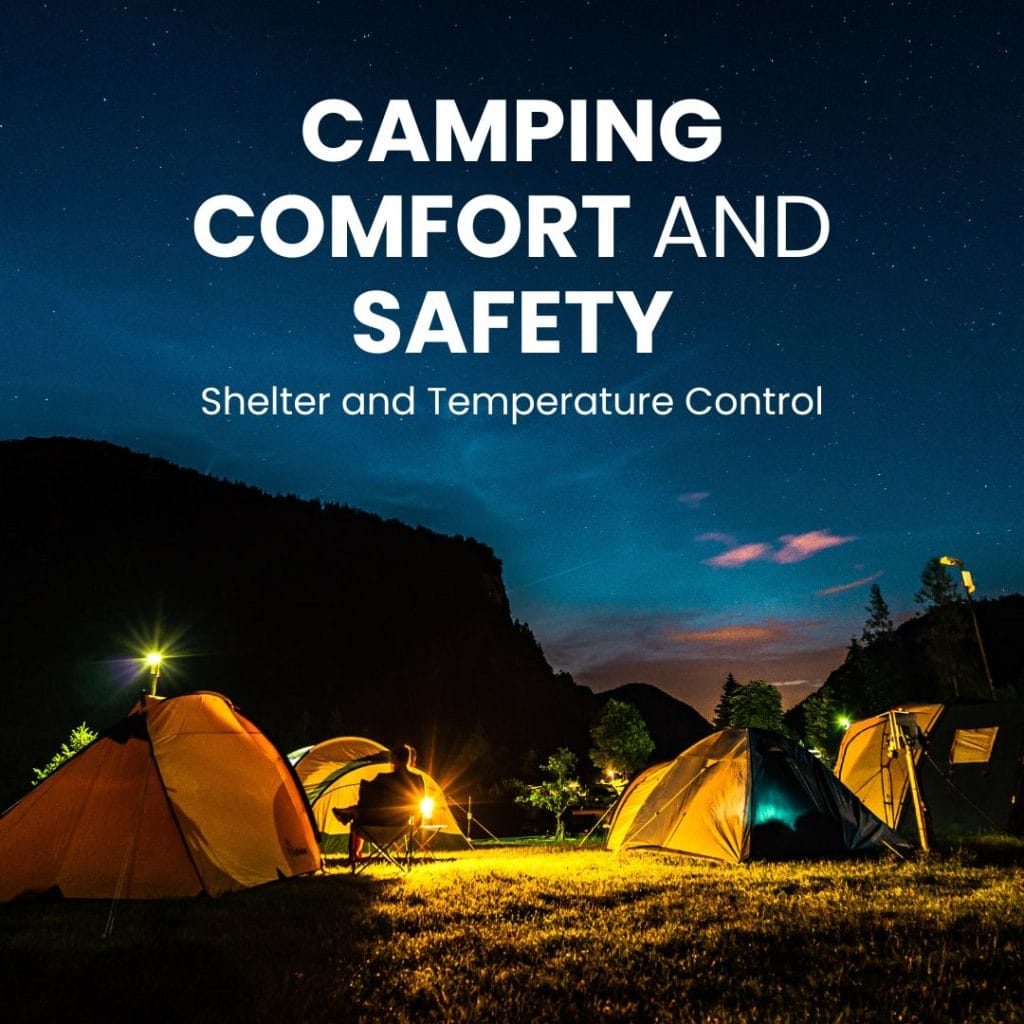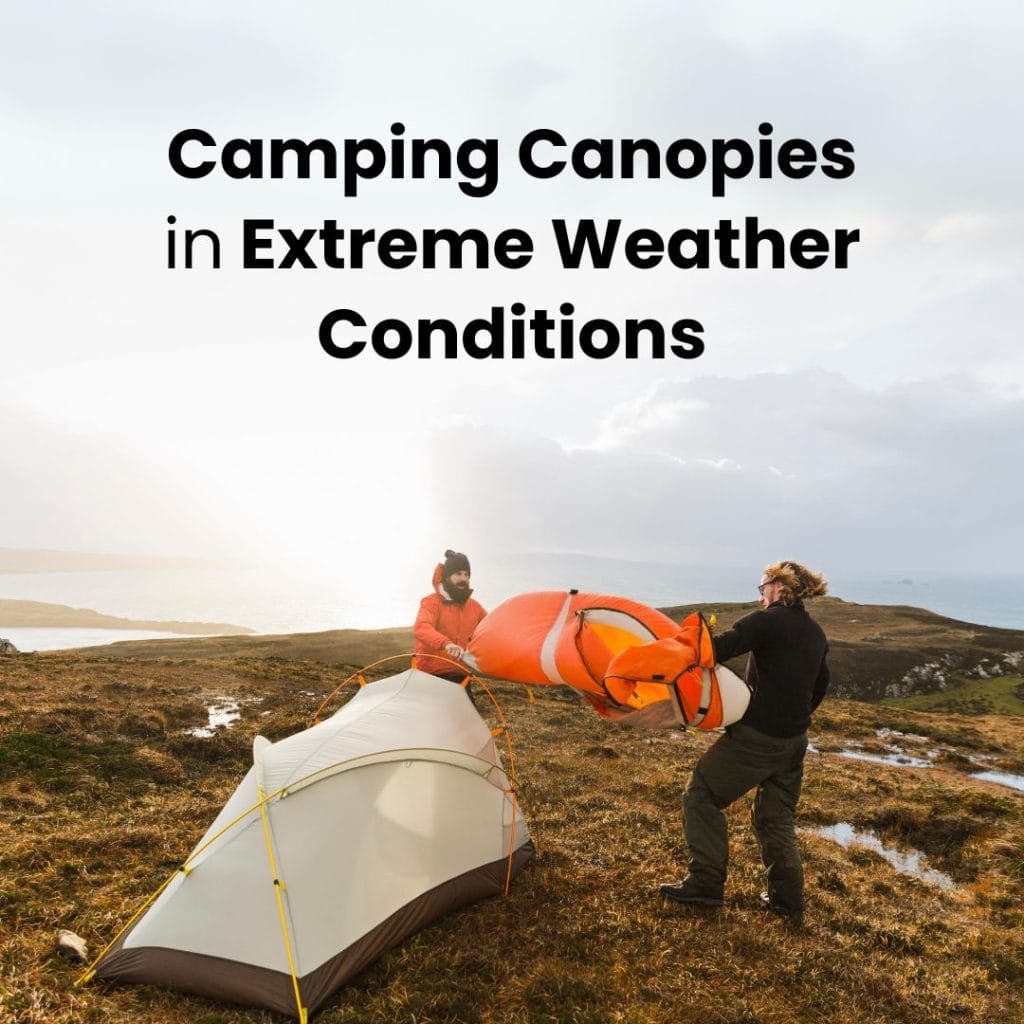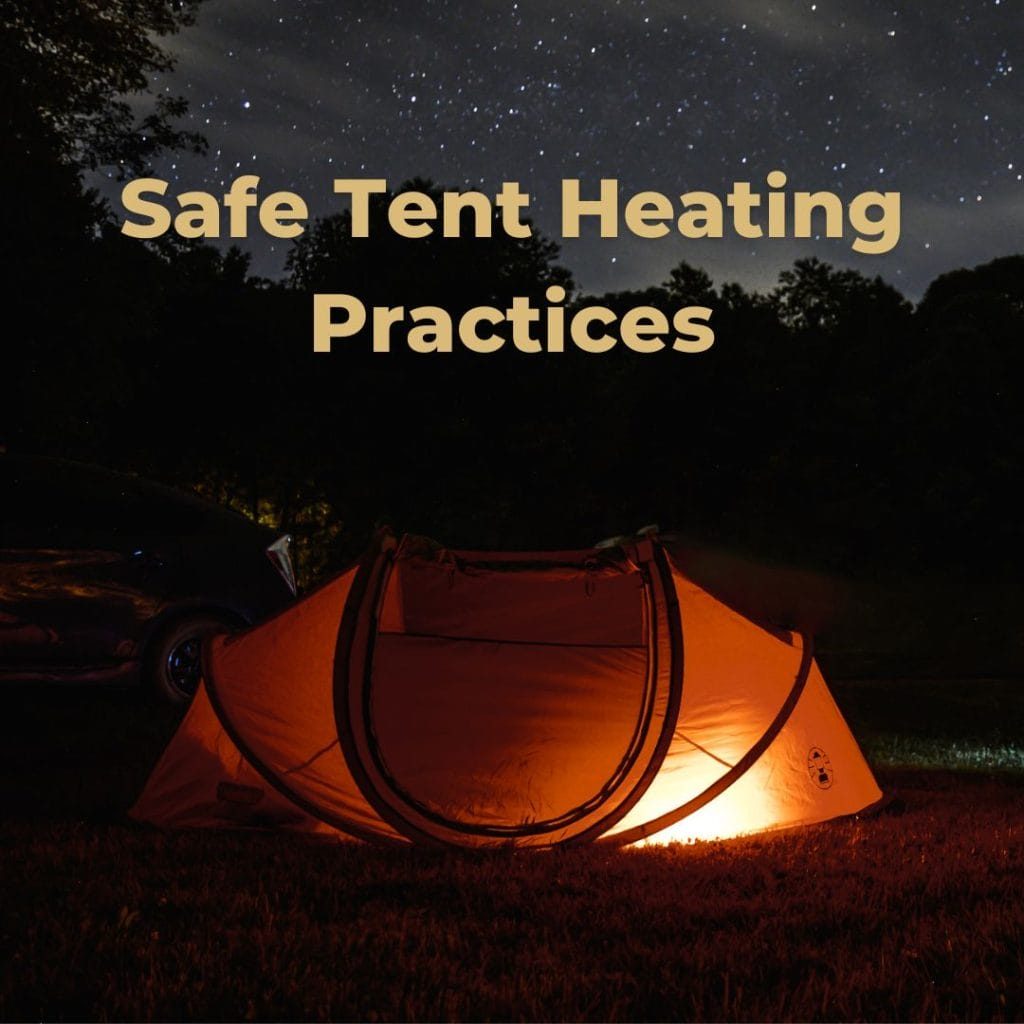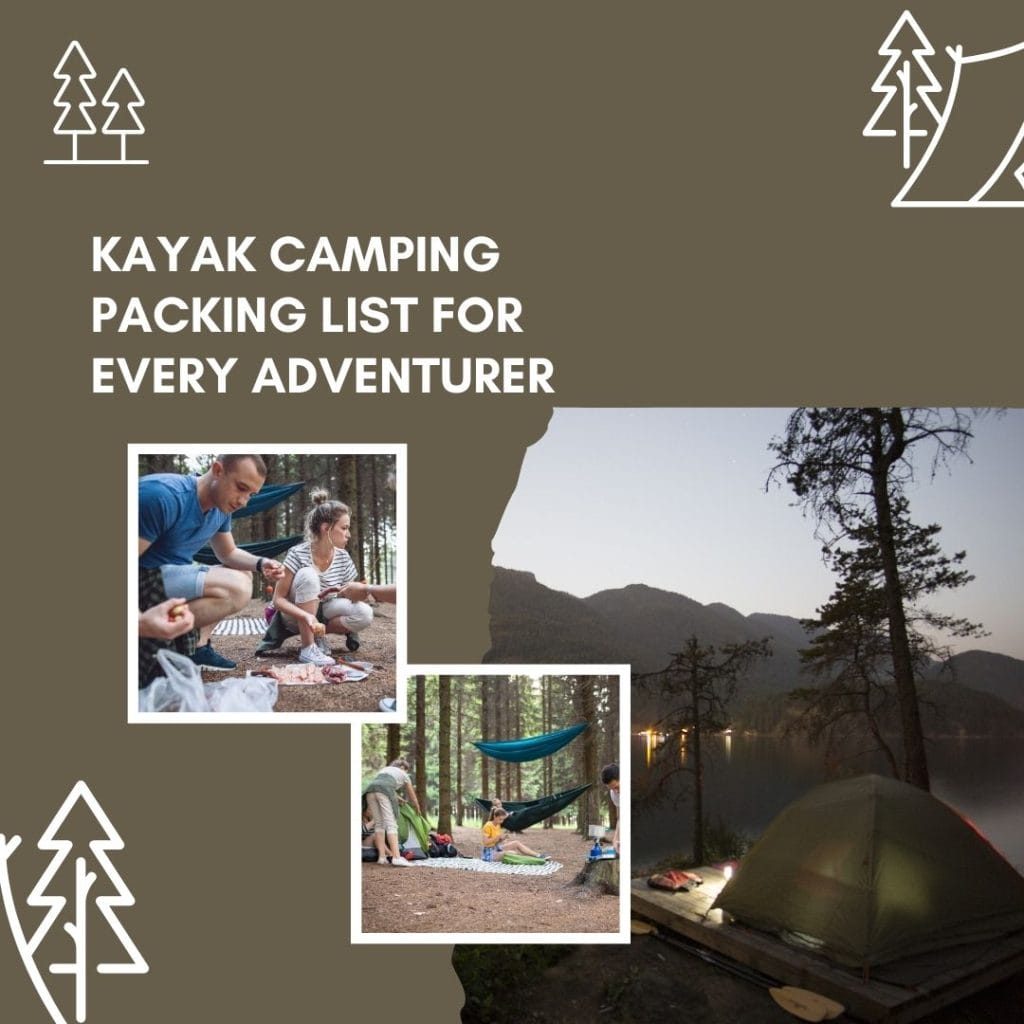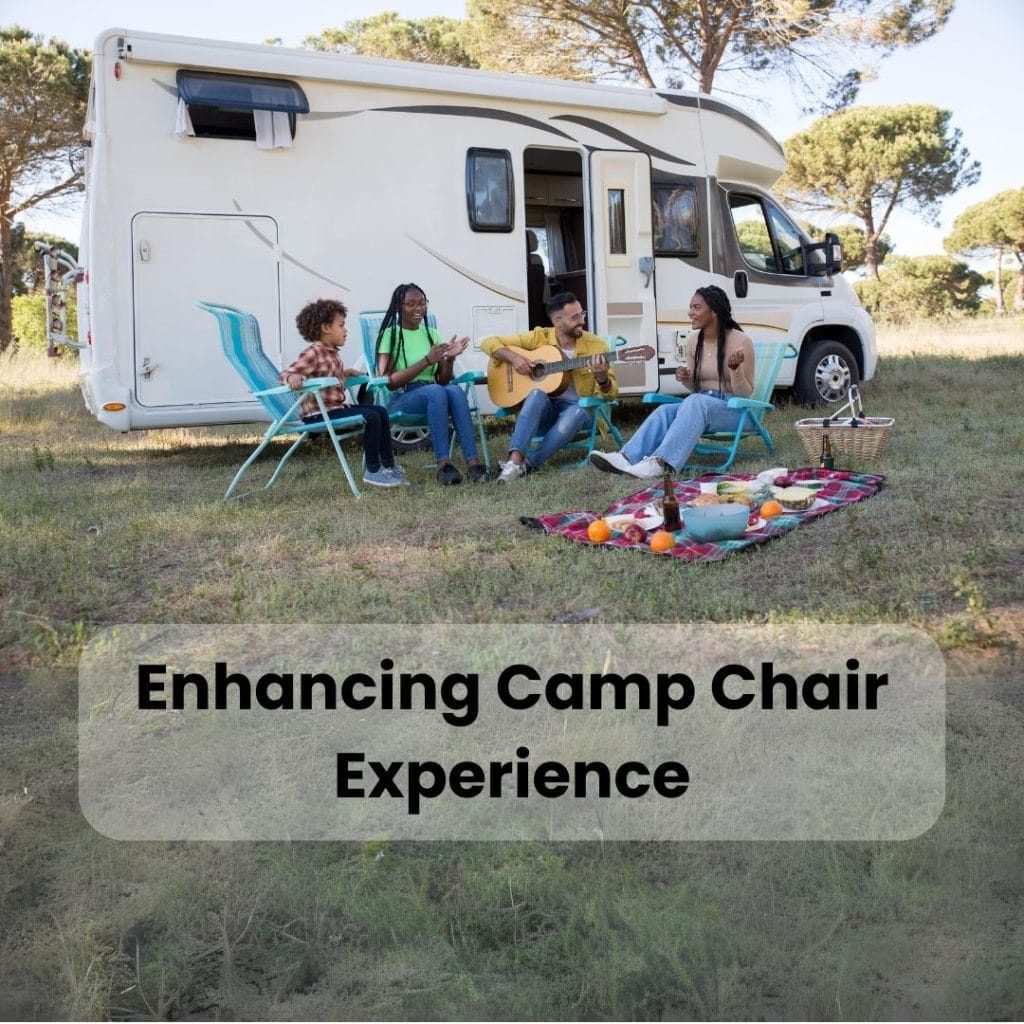Embarking on a kayak camping adventure is both thrilling and rewarding, but requires careful preparation. To ensure a successful trip, it is indispensable to pack the right ‘Kayak Camping Essentials’. These essentials not only guarantee your safety, but they also enhance your overall outdoor experience. In this guide, we’ll cover the key gear and tips for your kayak camping trip.
Essential Gear and Tips for a Successful Kayak Camping Adventure
Kayak camping combines the thrill of camping with the serenity of being on the water. Here are some essentials you shouldn’t skip on your adventure:
A Reliable Kayak: Choose a kayak that fits your needs. Touring kayaks are great for long-distance travel due to their speed and storage capacity. Stability and comfort are paramount.
Safety Gear: A Personal Flotation Device (PFD) is crucial. Also, carry a bilge pump and paddle float for self-rescue, and a whistle for attracting attention.
Navigation Tools: A waterproof map or chart of your route, and a compass, are must-haves. Also consider a GPS device.
Camping Gear: A lightweight, waterproof tent, a sleeping bag suitable for the lowest nighttime temperature, and a camping stove are essentials. Don’t forget a headlamp with extra batteries.
Proper Clothing: Dress in layers. Opt for quick-drying synthetic materials rather than cotton. Don’t forget your rain gear.
Food and Water: Pack high-energy snacks like trail mix and jerky. Carry enough water for drinking and cooking, or a water filter.
Leave No Trace: Respect nature. Carry out all trash, and avoid disturbing wildlife and plants.
Remember, preparation is key. With the right essentials packed, you’re well on your way to a memorable kayak camping adventure.
KAYAK
While it may seem apparent, it’s crucial to consider the type of kayak you possess, be it a recreational or touring kayak, as this will dictate the potential challenges you might face during your journey. Will you be encountering prolonged segments of open water under unfavorable weather conditions? If so, you may need to thoughtfully choose your overnight locations while keeping in mind the potential obstacles that could affect your ability to paddle back or necessitate you to endure the weather and sea conditions. Regardless of the scenario, it’s important to proactively consider your options. Ask yourself this: Do your skill-set and the performance capabilities of your kayak match the challenge ahead?
KAYAK ACCESSORIES
When preparing for any on-water adventure, especially those involving distant or overnight travels, it is vital to check off the following utility and maintenance items from your list:
- Personal Flotation Device (PFD): A non-negotiable, always have this on your mental checklist.
- Spare Paddle: In case of emergencies or unexpected paddle damage.
- Bow Line: Useful for securing your boat, regardless of how far up the shoreline you manage to park it.
- Paddle Float/Rescue Gear: Be sure to have practiced using it beforehand.
- Bilge Pump/Bailer or Sponge: Essential for on-the-go water removal from the kayak.
- Running Light/Deck Light: Helps in navigation during poor light conditions.
- Cockpit Cover: Store your gear in the kayak at night and use the cover to keep it dry and free from critters.
- Repair Kit: Should include tools/materials for swift hull breaches repair (quick-set resins, patches), and fixing broken rudder/pedal mechanisms.
- Multi-Purpose Tool: A handy “toolbox” for adjusting/fixing camp/cooking appliances like stoves and lanterns.
- Spare Clips, Cleats, Bungee Cord, Parachute Cord: Useful for various adjustments and temporary fixes.
- Sewing Kit: Heavy-duty thread can serve as a temporary fix when when glue or tape fails.
- Duct Tape: This versatile tool needs no introduction and should always be included in your kit.
Shelter Essentials for Kayak Camping
When planning a kayak camping trip, shelter is one of the key considerations. Compact and Lightweight Tents are ideal as they are designed to accommodate one to two persons without adding excessive weight to your gear. Look for features such as an extended tent fly, which offers additional protection during heavy rains, and a built-in ‘bathtub’ floor to keep you dry and comfortable.
However, if you’re an adventurous camper, consider Alternative Shelters. A tarp or lean-to shelter can provide adequate protection against the elements while offering a more immersive outdoor experience. Similarly, a camping hammock is an excellent lightweight option, especially in areas with plenty of trees. For extreme minimalists, a bivy bag could be the ultimate choice.
Finally, keep in mind the importance of Repairable Tent Hardware. Opt for tents whose hardware like poles, lines, and stakes are easy to repair or replace in case of damage. Ensuring the right shelter will elevate the comfort and success of your kayak camping adventure.
Sleep Systems for Kayak Camping
A good night’s rest is crucial to any camping outing and choosing the right sleeping equipment plays a key role in that. Starting with the sleeping bag, a three-season bag, rated approximately 10 degrees below the expected lowest temperature, is advisable for most kayak camping scenarios.
The sleeping bag should feature moisture-proof insulation to deal with potential dampness, either from the kayak trip itself or the outdoor environment at night. This ensures that you remain warm and dry, facilitating a comfortable and restful sleep.
Head and foot venting in your sleeping bag are additional features to consider. These allow you to regulate your body temperature effectively, preventing overheating during the night while still maintaining necessary warmth.
A good sleeping pad is another essential. Not only does it provide comfort by cushioning against the hard ground, but it also offers additional insulation, keeping the cold from seeping in from below.
Lastly, look for sleeping bags with pockets or straps to secure your pad. This prevents the pad from shifting during the night, ensuring you stay comfortable and well-rested, ready for the next day’s paddling adventure.
Clothing Essentials for Kayak Camping
Choosing the right clothing for kayak camping involves layering to protect your body from varying weather conditions and to manage heat and moisture. Base Layers, made of quick-drying, moisture-wicking material, are essential for maintaining comfort. They keep your skin dry by drawing sweat away from the body, reducing chills.
Next, the Mid-Layer provides insulation to retain body heat. Fleece or synthetic materials are often preferable due to their warmth retainment properties and ability to dry quickly.
The Outer Layer shields you from rain, wind, and cold while still allowing moisture to escape. The material should be waterproof, windproof, and breathable.
Lastly, consider Footwear. Opt for water shoes or sandals that offer good grip and quick drying. And don’t forget about Handwear and Headgear to protect from cold, sun, and insects.
Remember, each layering decision should take into account the expected weather, physical exertion, and personal comfort preferences.
Food Tips for Kayak Camping
When preparing food for your kayak camping trip, careful consideration is required to ensure it remains fresh, and your storage options are compact. Soft-Sided Coolers are a great choice for their flexibility and size. These coolers can be squeezed into the nooks of your kayak, utilizing space effectively without compromising the freshness of your food.
Collapsible Containers also offer a similar advantage. They are designed to fold flat when not in use, saving precious space. When filled, they protect your food from being crushed or wet.
Water is another essential commodity in your food prep. It’s recommended to carry at least One Gallon of Water Per Day. This helps to avoid dehydration, especially given the physical demands of kayaking and outdoor exposure.
With these tips in mind, you can ensure that your food remains fresh, your gear is organized, and you stay hydrated throughout your kayak camping adventure.
Personal Hygiene Tips for Kayak Camping
Maintaining personal hygiene during a kayak camping trip is essential for comfort and overall health. You should pack Essential Hygiene Items such as toothbrush, toothpaste, deodorant, and most importantly, toilet paper. These items will help keep you clean and fresh, enhancing your comfort during the trip.
Opt for Biodegradable Products wherever possible. These have a minimal impact on the environment and are ideal for camping adventures where sustainability is a priority. Biodegradable soaps, toothpaste, and tissues ensure that you leave no harmful residues behind.
However, be mindful of the fact that scented products can attract unwanted pests. Scented Soaps and Lotions may smell great to us, but to animals and insects, they are an invitation to explore. Thus, unscented or lightly scented options are a safer choice for your kayak camping adventure.
Remember, taking care of personal hygiene while camping not only enhances your comfort but also is a key measure in minimizing your impact on the natural environment.
Cooking Utensils for Kayak Camping
When it comes to Cooking Utensils, your choices can significantly impact your kayak camping experience. A Camp Stove is a must-have — compact, efficient, and designed for outdoor use, it will make preparing meals much easier.
Don’t forget about Fuel and Matches — ensure you have sufficient fuel for your stove, and waterproof matches or a lighter for ignition. A set of Pots and Bowls made from lightweight, durable materials are crucial for cooking and eating.
Finally, a good Knife can assist in food preparation while also serving as a useful tool for various camping needs. It’s essential to customize your selection based on your specific requirements and the conditions you anticipate.
Conclusion
In conclusion, embarking on a kayak camping adventure requires careful preparation and thoughtful selection of essentials. By considering appropriate sleeping equipment, clothing layers, food storage, personal hygiene items, and cooking utensils, you can ensure comfort, safety, and enjoyment during your journey. Remember, every choice you make should prioritize durability, space efficiency, and environmental sustainability. With these ‘kayak camping essentials’ in mind, you’re all set for a successful and memorable expedition.

